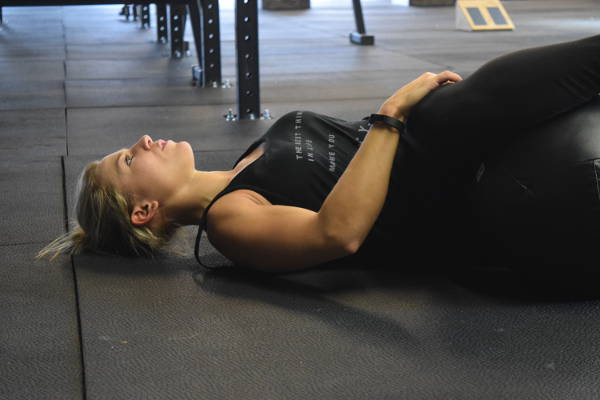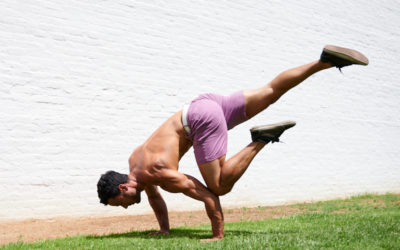So what exactly do I mean by thoracic extension? Technically speaking your thoracic spine will never actually go into extension. It is naturally flexed, or kyphotic, but has the ability to flatten itself towards extension. This is what gets referred to as extension and has the appearance of upright posture visually.
This range of motion is super important. The way your shoulders function require your shoulder blades to slide on your upper back. If your spine is stuck in an overly kyphotic position, any overhead movements are going to be extremely tough compared to someone with better mobility. Likewise an overly straight thoracic spine can cause problems as well. The ability for your spine to move is imperative.
One of the best ways I find to work on the mobility of thoracic extension is through rotation. While we speak of thoracic in terms of the spine, there is a whole set of ribs and muscles connected to the spine. Getting motion through this entire system is a great way to free up some spinal motion and restore functional mobility to your exercise routine.
Simple exercises in your warm-up like standing rotations gradually and rotational medicine ball throws with a partner are excellent ways to get motion going through your upper body. A more technical exercise called a bretzel can work wonders in a warm up and cool down. You’ll want to be sure and have an expert monitor your execution if you try the bretzel, because you can inadvertently mobilize your lumbar spine rather than your thoracic if you perform it incorrectly.
With any endeavor towards increases in range of motion, flexibility, or mobility you’ll want to take it slow. The rule of thumb I live by is that new range is weak range. Implementing mobility during your off season when training is less intense is the best bet. During higher intensity periods you can usually fit it in mobility work before lighter workouts or after tough workouts that are before a rest day.
I actually don’t like mobility on rest days because this is when your body is trying to recover and accommodate the stimulus from your training. With any sport, the length-tension relationship of a muscle is imperative to performance. Your training should generally be aimed at building towards what is optimal for you and your sport. Stretching on off days can alter this. 10 years of coaching and a lifetime of personal experience in high level athletics has shown me that stretching can decrease performance and potentially increase the risk for injury.
Outside of these examples creativity is your best friend. Think outside the front to back movement box and get some twisting in your warm up, workout and cooldown. Whether you are trying to gain, or simply maintain your mobility, your body will appreciate the variety.







